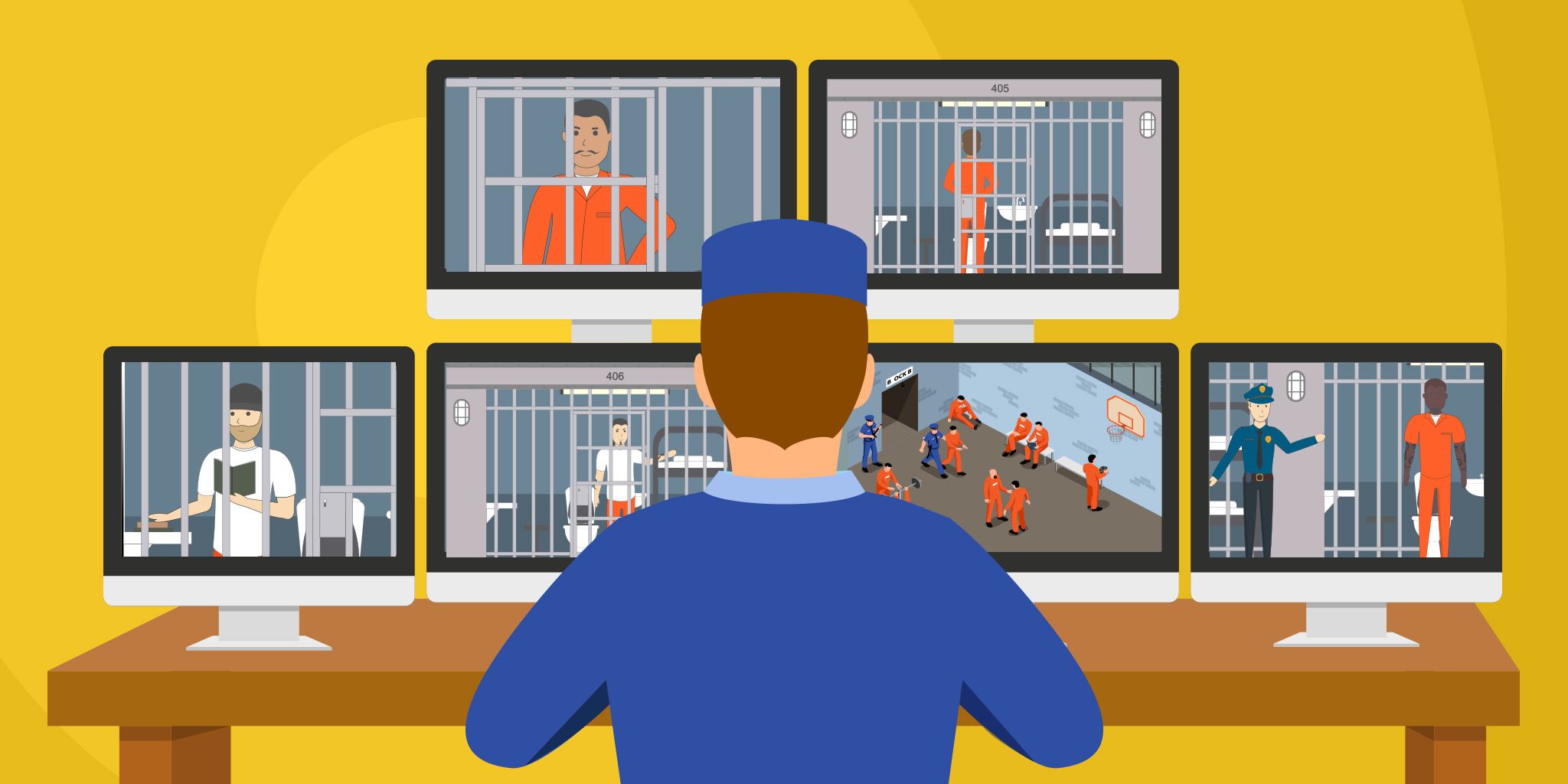IoT Trends in 2020: 5 Things You Need to Know
IoT Trends in 2020: 5 Things You Need to Know
- Last Updated: December 2, 2024
Guest Author
- Last Updated: December 2, 2024



Humans are in the middle of one of the most revolutionary moments in communication since the invention of the telephone — the “internet of things” or IoT. By connecting all the things in the world, IoT is the logical culmination of the internet itself. We can already see its effects on our lives and businesses, but the new year promises even bigger evolutions. These are five IoT trends to know for 2020.
1. Smart Home Devices Move to the Office
Smart home IoT devices are gaining in popularity. The number of smart homes in the U.S. is expected to hit 28% of total households by 2021. Part of the upward trend stems from the fall of device prices. But, market preferences are changing too. Millennials love home tech. It's their adoration that's prompting property owners to integrate smart thermostats and security systems into new homes and remodels. Not to mention, smart home technologies are eco-friendly and help save on energy costs. But, these benefits are no longer exclusive to the home. Businesses can benefit from office automation too. In 2020, more firms will adopt this technology for the office for the same reasons.
Business owners can shrink monthly power consumption with smart lighting and sensors. Smart video doorbell cameras and locks let you give remote access for deliveries or employees. It keeps your business safer too. Smart thermostats reduce energy waste by learning your staff’s temperature preferences and the cheapest times to heat and cool.
2. Major Growth in IoT in Healthcare
The healthcare industry is perfect for IoT. It’s a growing, highly regulated and tech-dependent market. Today, many “smart” hospitals are using IoT devices for remote patient monitoring through wearables and health sensors. Integrated monitoring systems can now track patients, staff and equipment like an “indoor GPS.” This maximizes resources and saves money. Healthcare providers are also using small ingestible devices (i.e., “smart pills”) that transmit data about medication effectiveness, leading to better decision-making about patient care.
Look for the healthcare industry to adopt more IoT devices to streamline processes, cut costs and raise patient care. Increased investment will also push associated markets (e.g. physical therapy and nursing homes) to adopt similar technology to stay integrated with hospitals.
As the technology continues to advance, it's important for individuals and organizations to utilize IoT devices to increase productivity and profitability. Here are 5 IoT trends you can expect to see in 2020.
3. The Marriage of AI and IoT Will Strengthen
An increasing number of IoT cameras, appliances and sensors are used every year, and 2020 will continue the steady pace of growth. A new forecast from International Data Corporation estimates that, by 2025, there will be over 41 billion connected devices generating 80 zettabytes of data. The value of connected devices lies in all that data. At that scale, humans will have to rely on artificial intelligence to do the analysis and interpretation. It does no good to connect devices if you can’t use it to optimize the user experience, save energy or make processes more efficient.
With companies like Amazon and Microsoft developing competing AI and machine learning technologies, look for more disruptions to industries like healthcare and trucking in 2020. These sectors have large infrastructures and complex networks, and the push will be to use AI to integrate them into more efficient systems. Businesses will need to evaluate and audit their own processes to see where these AI services bring the most benefits.
4. Few Federal Security Reforms
With impeachment likely to be the focus of 2020, congress won't focus on IoT regulations. That means the IoT Cybersecurity Improvement Act of 2019 introduced last March likely won’t become law. The Act is an effort to safeguard governmental security by setting IoT manufacturing standards for all government vendors. The government hoped that setting security standards would have a ripple effect on consumer markets, as other device manufacturers took up similar guidelines, but the bill hasn’t made it out of the Senate.
Still, that doesn’t mean action on IoT security won’t exist in 2020. It may still exist at a state level. In fact, California has already acted. The tech-heavy state’s SB 327 passed in late 2018 became the country’s first IoT security law. It requires manufacturers to adhere to specific security measures, like requiring consumers to change factory-set passwords. Device makers should note the Federal government’s failure to act and consider their own standards. Businesses are wise to get ahead of the curve and institute their standards in anticipation of future regulations.
5. Voice Activation Takes Off
Voice activation will continue to grow in 2020 as new applications emerge for consumers and businesses. The latest market research estimates there will be 8 billion digital voice assistants in use by 2023. 2020 will see a spike in demand due to several factors. For one, the technology is improving. Voice recognition software is more accurate, and it can now distinguish between individual voices, allowing multiple users to use the same device. Another factor is that voice recognition is a relatively cheap feature to add. From a hardware perspective, manufacturers only need access to or an addition of a microphone to a device. So, technology is an easy add-on feature for almost any home or office gadget. As consumers become more comfortable interacting with voice assistant AI in their homes, their familiarity will move the tech into work settings.
What IoT trends do you expect to see in 2020? Have any plans to leverage these new technologies?
Written by Varun Bhagat
The Most Comprehensive IoT Newsletter for Enterprises
Showcasing the highest-quality content, resources, news, and insights from the world of the Internet of Things. Subscribe to remain informed and up-to-date.
New Podcast Episode

How Drones and Telecom Enable Aerial IoT
Related Articles




